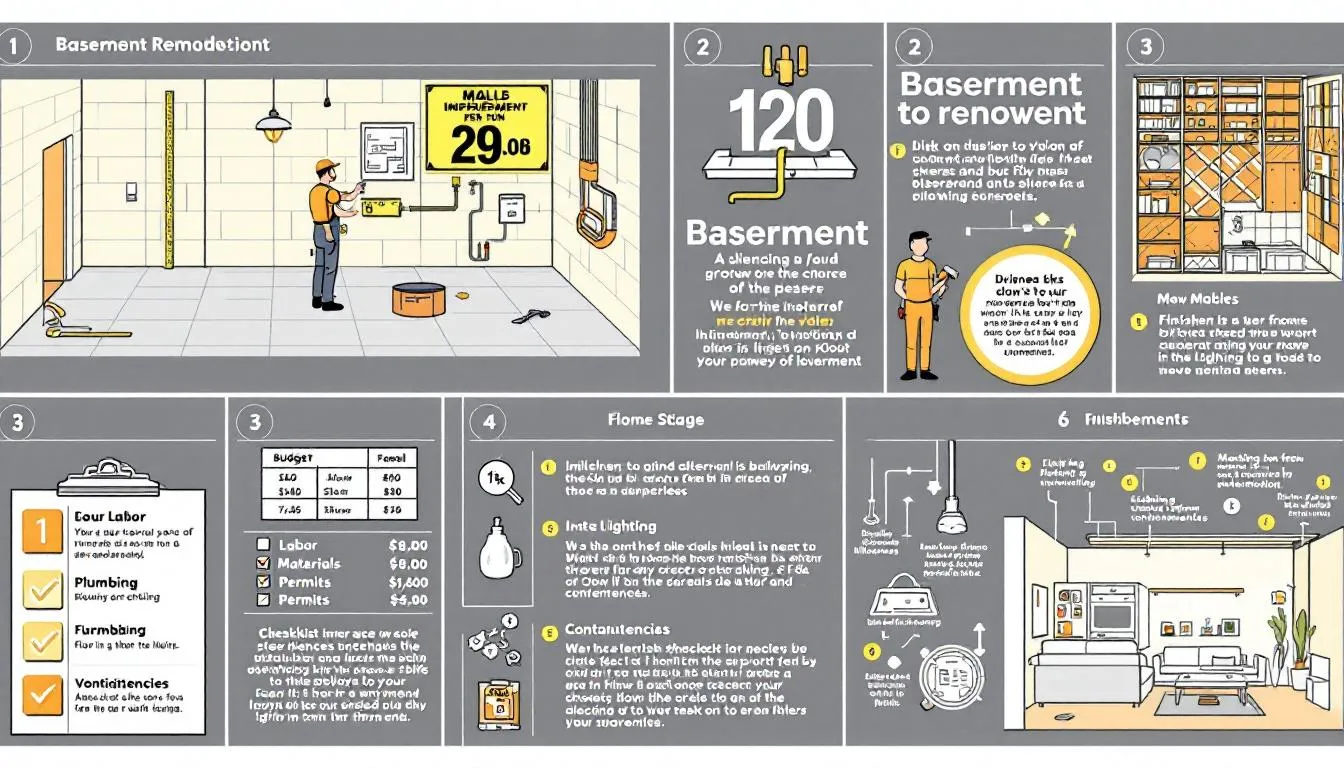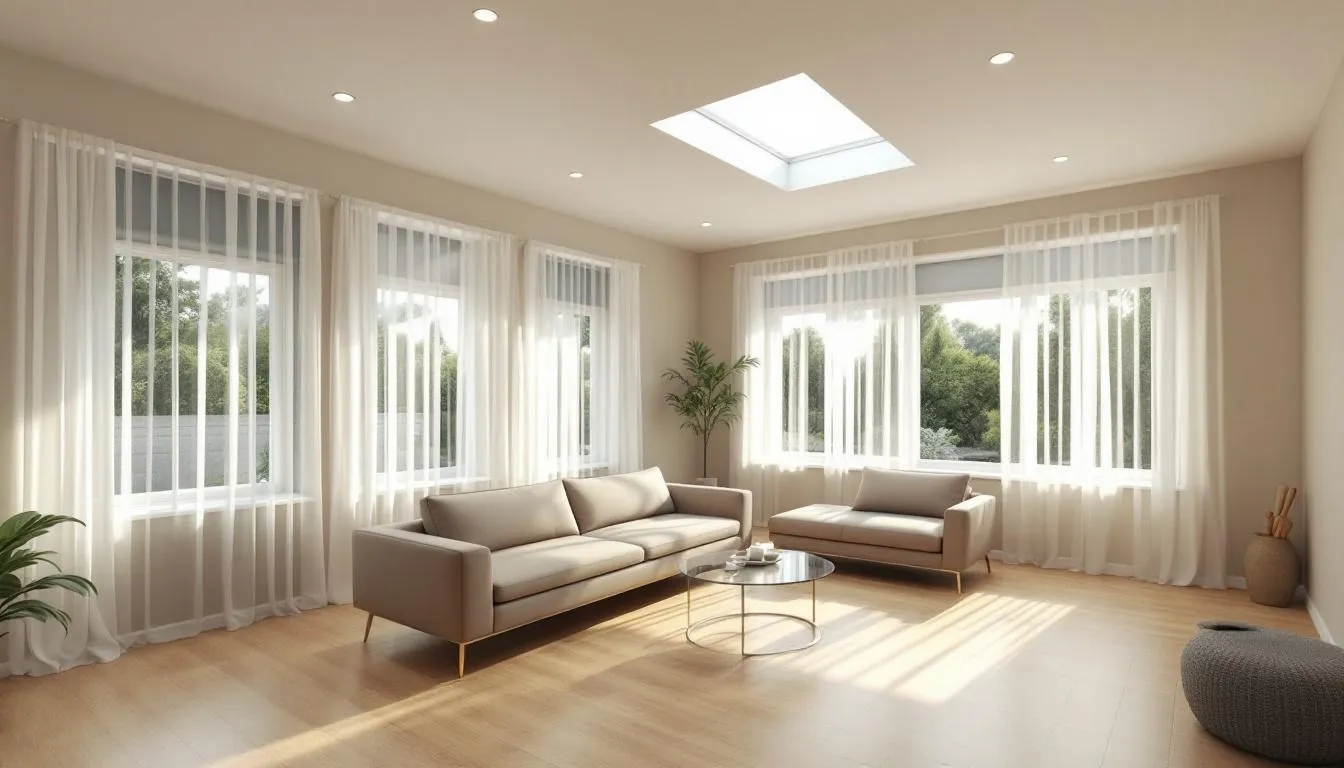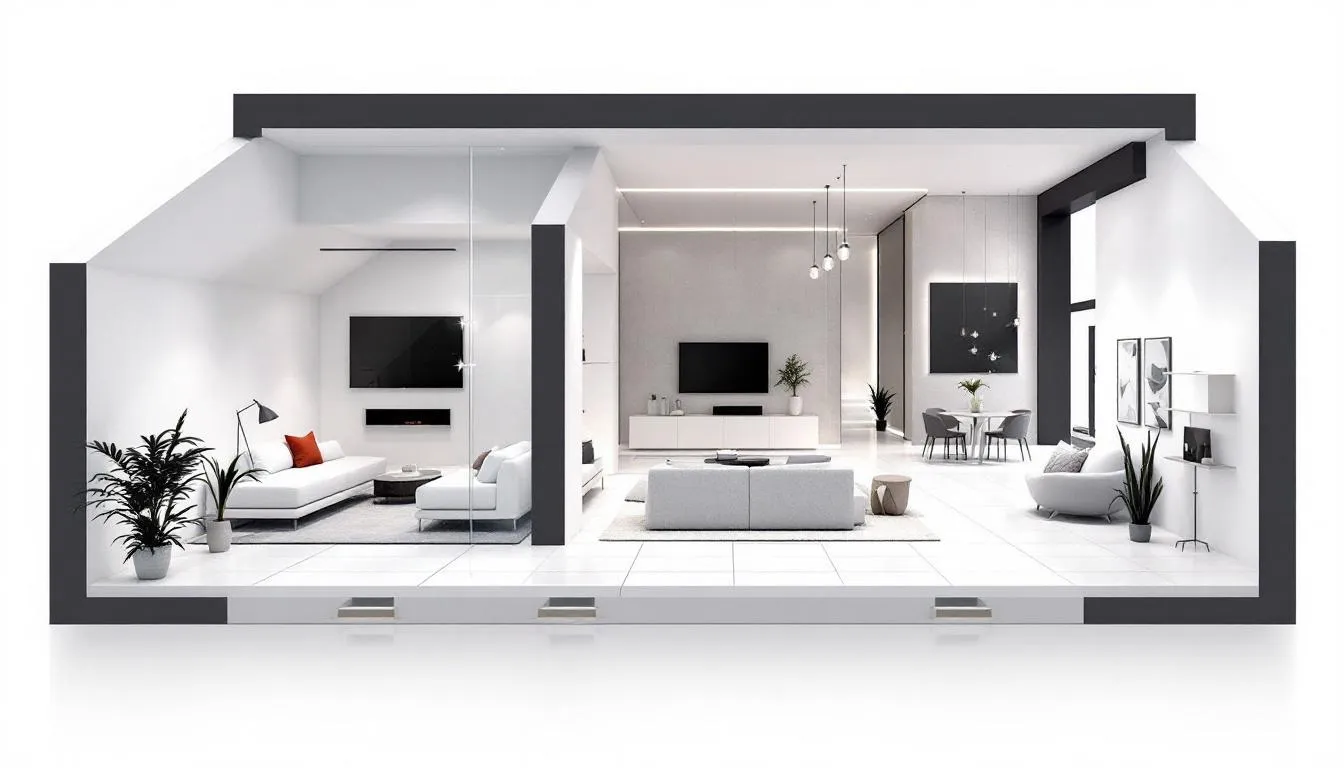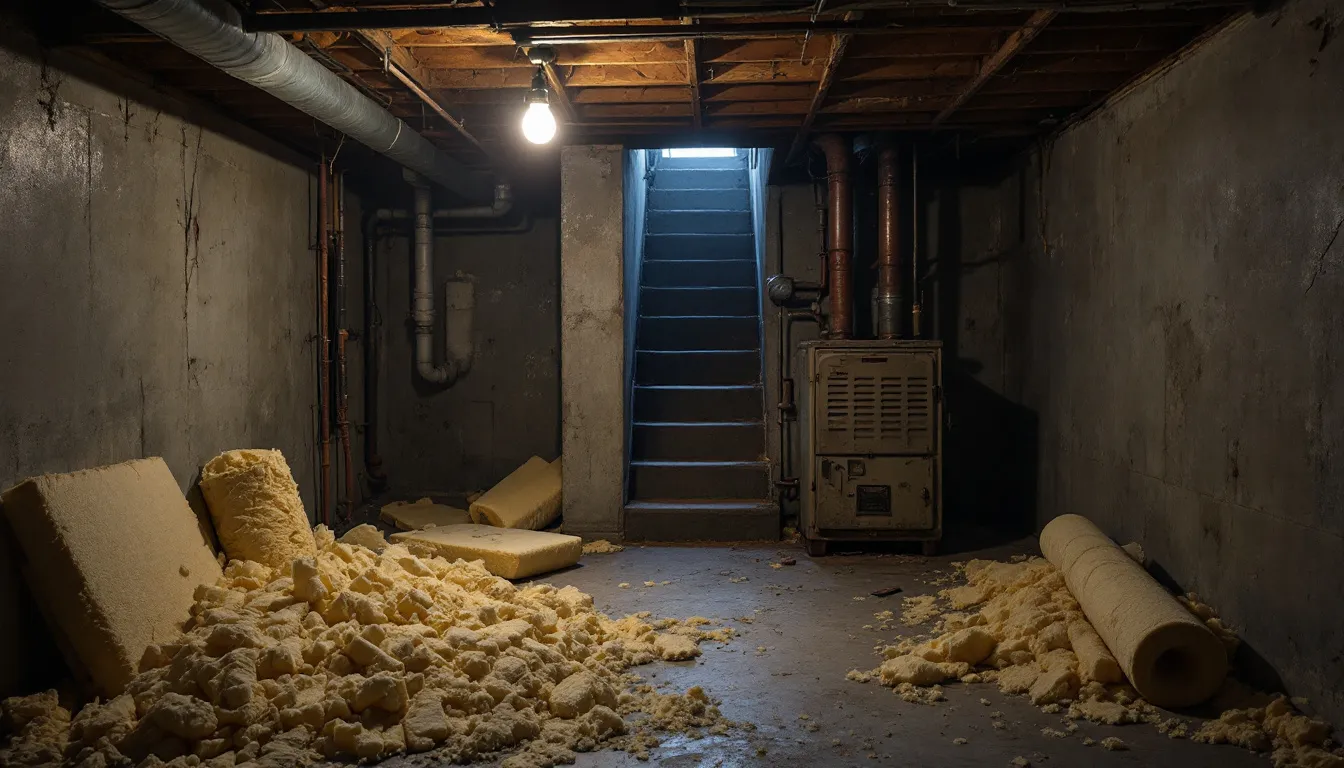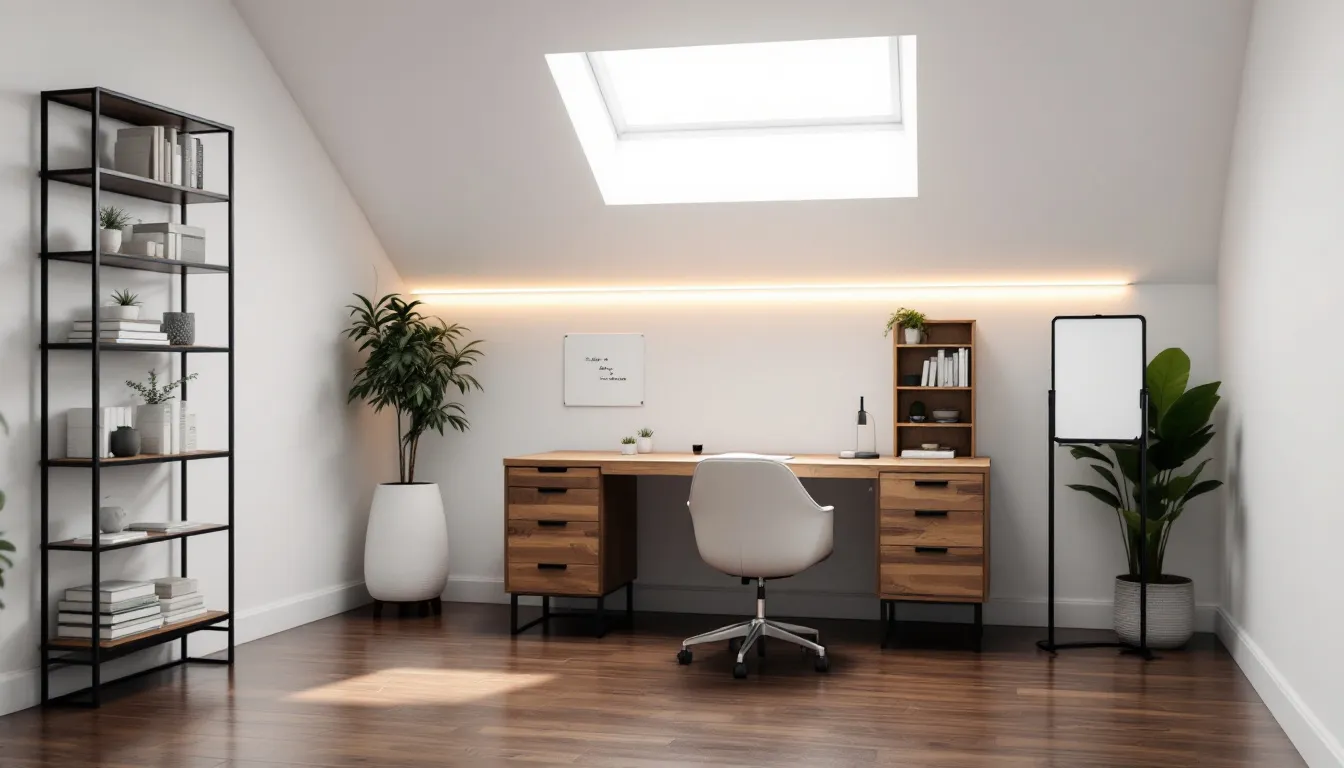How to Design a Guest Suite in Your Basement: Top Tips for a Welcoming Space
Need to know how to design a guest suite in your basement? This guide will help you turn your basement into a cozy and welcoming space. From assessing and lighting to waterproofing and decorating, learn how to create a comfortable guest suite step by step.
Key Takeaways
- Evaluate your basement’s potential by checking for lighting, moisture, and safety before starting your remodel.
- Add natural light with egress windows and use light colors and mirrors to create a bright, inviting atmosphere.
- Incorporate stylish decor, functional layouts, and essential amenities like a mini kitchenette and full bathroom to enhance comfort and convenience for guests.
Assessing the Space: Evaluating Your Basement's Potential
Begin by evaluating your basement’s current state. Key factors to consider include head height, lighting conditions, and any signs of moisture or dampness. Basements tend to have low ceilings and limited natural light, which can be challenging when repurposing this space into a livable area.
Additionally, you should check for potential fire escape routes and exits to ensure safety. Thoroughly assessing these elements helps you understand the necessary changes for your basement remodel. This helps transform your basement guest room into a versatile, inviting, and comfortable living space for your guests.
Enhancing Natural Light: Brightening Up Your Basement
Natural light significantly contributes to an inviting basement guest suite. One effective strategy is adding egress windows, which not only improve safety but also let in more light. Choose light-colored flooring and glossy, light-colored paint to reflect light and brighten the space while maximizing natural light.
Strategically placing mirrors and using sheer curtains can further enhance the brightness. Even if your basement has limited windows, these techniques can help create a more open and welcoming environment for your basement guest room.
Waterproofing Essentials: Protecting Against Moisture and Mold Growth
Waterproofing is essential to prevent moisture and mold growth in your basement guest suite. Common waterproofing solutions include installing a sump pump, French drains, and add moisture protection systems. These measures help protect against water intrusion, which can lead to extensive damage and unhealthy living conditions.
Additionally, weatherproofing the basement door is crucial to prevent flooding, especially in walkout basements. Regular maintenance and monitoring of these systems are vital to ensuring a dry and safe basement environment for your guests.
Planning the Layout: Designing a Functional and Cozy Floor Plan
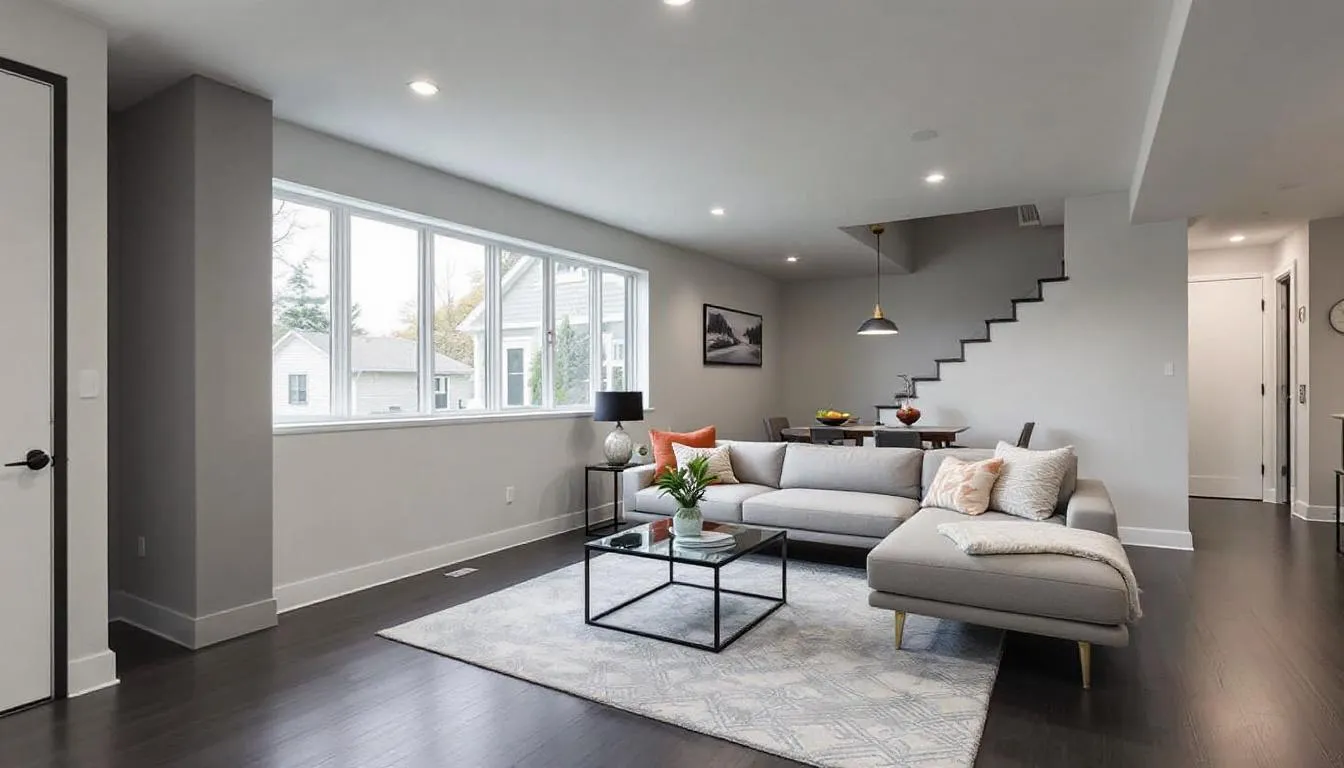
A well-thought-out layout is key to creating a functional and cozy floor plan for your basement guest suite. Consider using curtains or drapery to enhance warmth and privacy in the bedroom area. Disguising architectural features can also improve the overall aesthetic and functionality of the space.
Creative storage solutions, such as under-stair storage, can hold items like blankets and craft supplies, making the most of the available space. Carefully planning the layout ensures your basement remodel results in a welcoming space that maximizes comfort and utility.
Comfortable Sleeping Arrangements: Creating a Restful Retreat
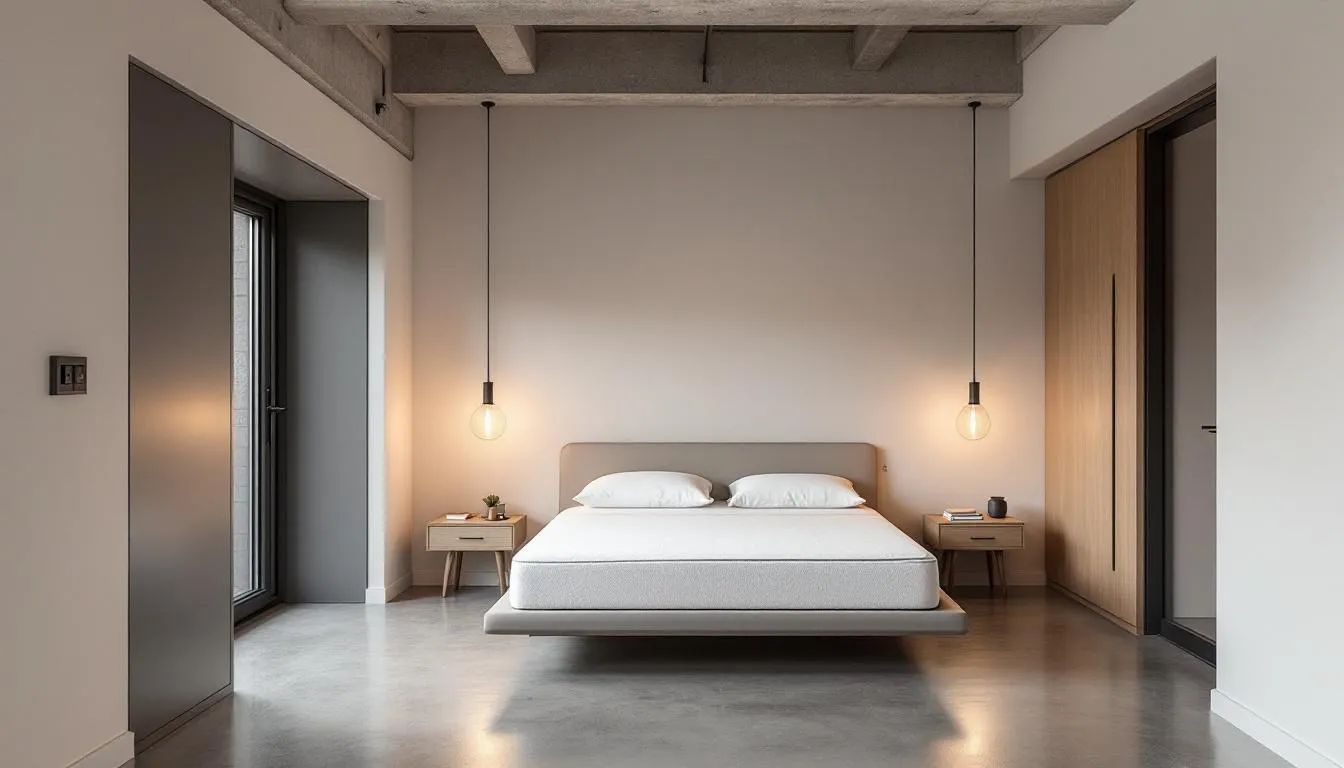
A cozy and restful sleeping area is essential for a perfect guest suite. Warm wood tones in the furniture enhance the inviting atmosphere. Layering textiles like extra blankets and area rugs adds comfort to maximize comfort and a cozy aesthetic to the sleeping area.
Layer the bedding with various textures and materials. This approach increases comfort and makes the guest room feel more welcoming and luxurious. With these thoughtful touches, your guests will enjoy a comfortable stay in your basement guest room.
Adding a Full Bathroom: Convenience and Privacy for Guests
A full bathroom significantly enhances guest comfort and privacy in your basement guest suite, which includes a private bathroom. This dedicated space allows guests to freshen up without going upstairs, providing a more pleasant experience.
Though costly, with expenses ranging from $10,000 to $15,000, adding a bathroom can boost your home’s resale value. Careful planning for drainage and ventilation ensures a successful installation.
Mini Kitchenette: Offering Independence with Essential Amenities
A mini small kitchenette offers guests a sense of independence and convenience. Essential appliances like a small fridge, microwave, and sink can enhance guest comfort by allowing them to prepare simple meals and snacks.
Storage solutions like cabinets or shelves keep snacks and beverages easily accessible. Compact designs for mini kitchenettes maximize space while providing functionality, ideal for basement settings.
Stylish Decor and Finishes: Making the Space Feel Inviting
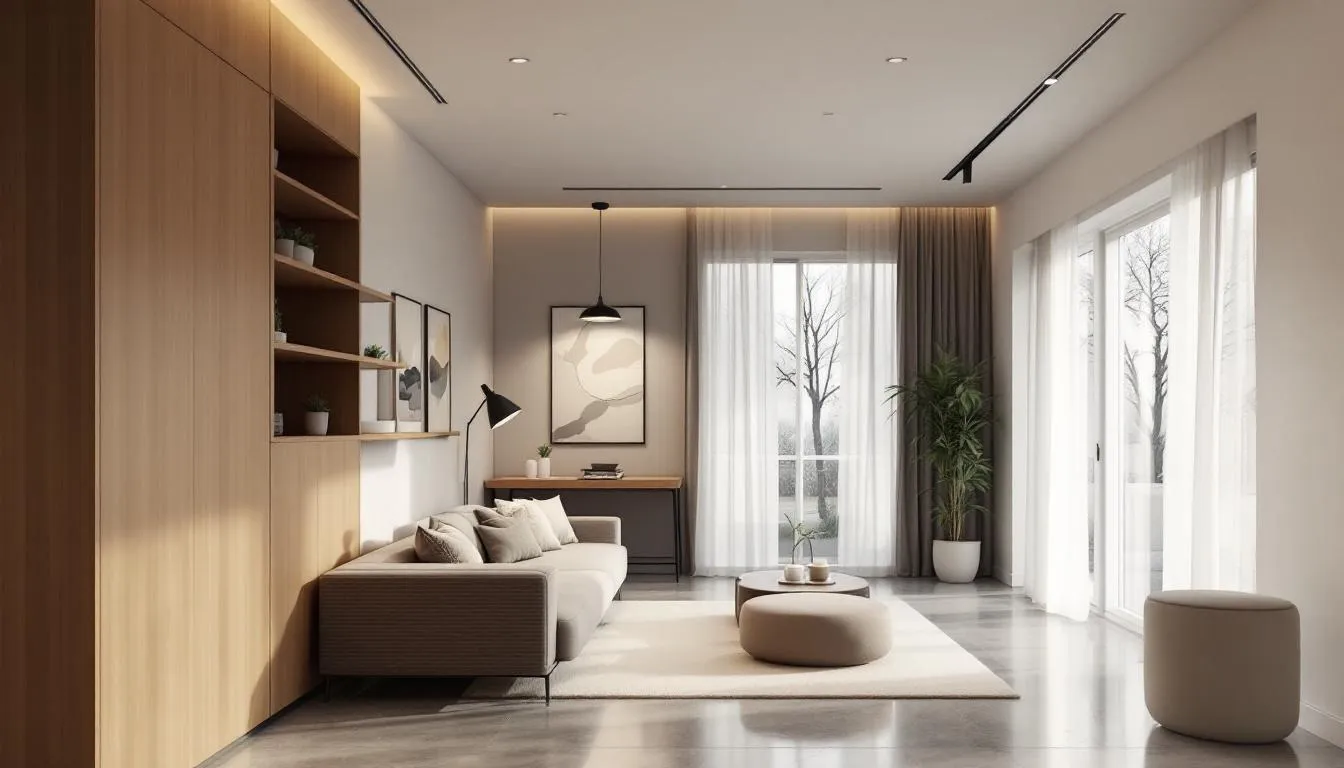
Stylish decor and finishes transform your basement guest suite into a warm and inviting space. Warm color schemes like beige or light brown create a welcoming atmosphere. Incorporating warm wood tones further enhances the coziness of the room.
Layering textiles like wool or faux fur adds warmth and comfort, while reclaimed wood or textured wallpaper adds character to the basement environment. These decorative touches make the entire space feel more inviting and stylish, enhancing the basement feel, adding architectural finishes.
Proper Lighting: Creating a Welcoming Ambiance
Proper lighting creates a welcoming ambiance in your basement guest suite. A combination of table lamps, ceiling fixtures, and natural light ensures the basement feels warm and inviting.
Layered lighting options like wall sconces and adjustable lighting fixtures allow for customized illumination suited for various activities. This flexibility helps create a cozy and pleasant guest suite that guests will love, especially when enhanced with ceiling medallions.
Creative Storage Solutions: Keeping the Space Organized
Creative storage solutions keep the basement guest suite organized, making friends and guests feel at home. A great idea is to use adequate storage solutions like dressers or storage ottomans to help keep clutter at bay.
Built-in cabinets and multi-functional furniture maximize vertical space and conceal clutter. Designated storage areas ensure the space remains tidy and welcoming. Built ins enhance the overall functionality of the room.
Quality Entrance Door: Ensuring Easy Access and Security
A quality entrance door ensures easy access and security in your basement guest suite, including a dedicated entrance for added convenience. A robust exterior door acts as a barrier against break-ins, enhancing home safety.
Good lighting around staircases and entryways provides a sense of security and ease of access for guests. Considering the entryway style improves the integration of the basement design with the rest of the home.
Final Touches: Adding Personal and Cozy Elements
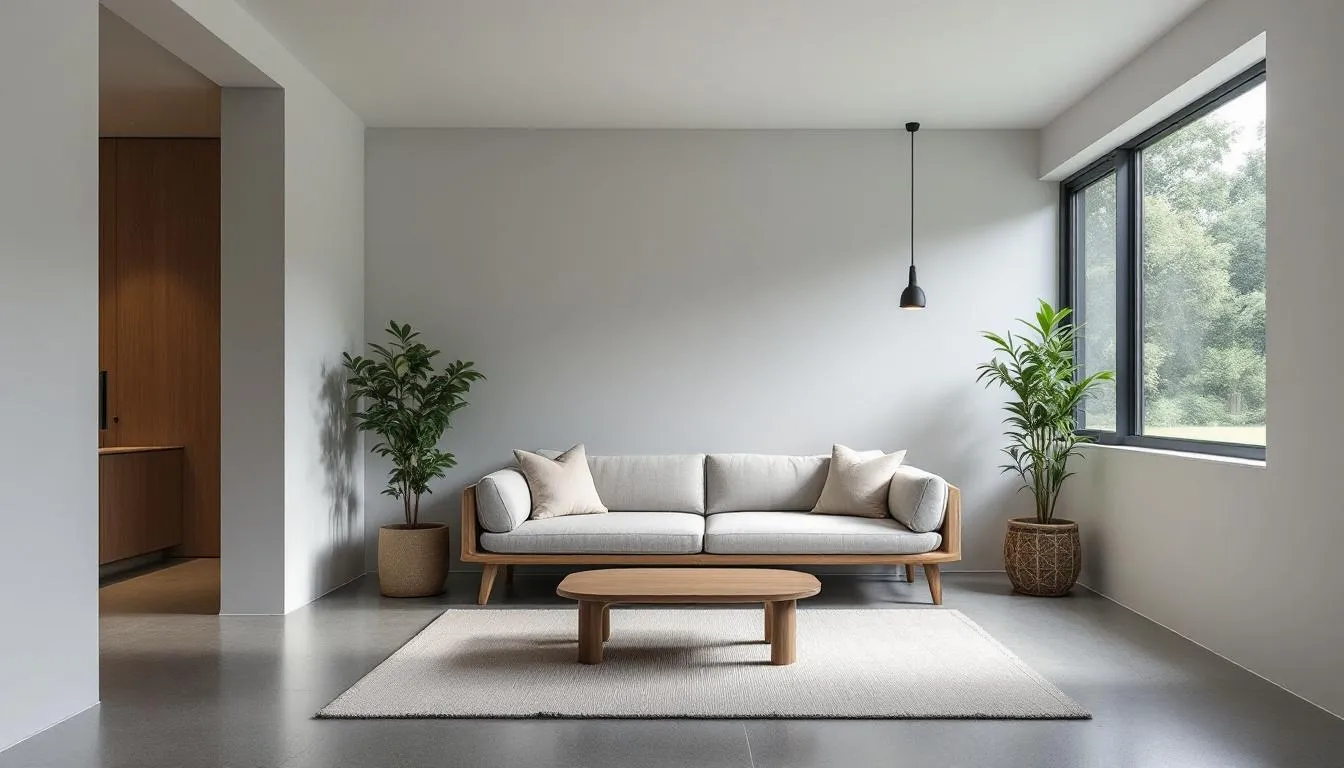
Personal and cozy elements make your basement guest suite feel warm and inviting. Design a restful sleeping area with comfortable furniture and built-in or Murphy beds to save space and enhance comfort.
Warm and neutral colors, cozy textures, and styled decor elements like crown molding and faux wooden beams bring warmth to the family house space feel homey with architectural finishes. These final touches ensure your guests enjoy a comfortable and pleasant stay.
Summary
Summarizing the key points discussed in this guide, it’s clear that transforming your basement into a guest suite involves thoughtful planning and attention to detail. From assessing the space and enhancing natural light to adding a full bathroom and stylish decor, each step contributes to creating a functional and inviting living space.
By following these tips, you can create a basement guest suite that not only meets your guests’ needs but also adds value to your home. Start your basement remodel today, and enjoy the satisfaction of providing a cozy retreat for your visitors.
Ready to work with Basement Remodeling Long Island?
Let's connect! We’re here to help.
Send us a message and we’ll be in touch.
Or give us a call today at 646-801-1701
Agency Contact Form
More Marketing Tips, Tricks & Tools
